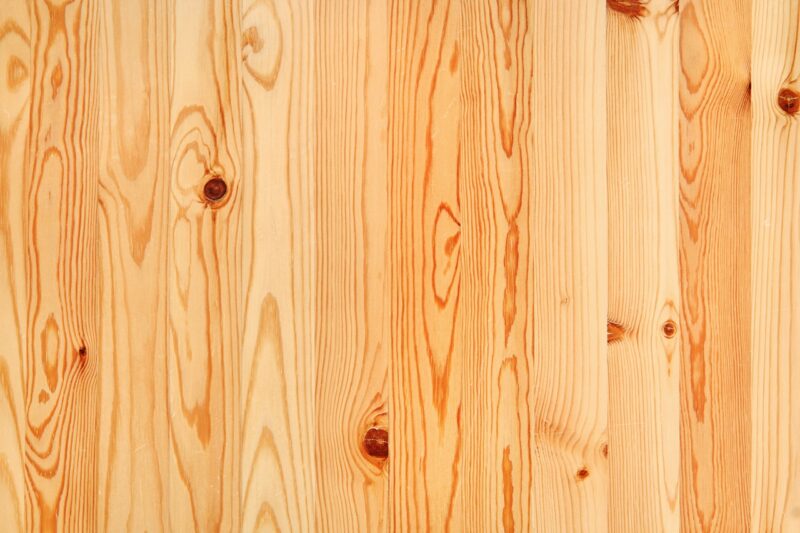Published: 08/09/25 By: Mike Bekin
If you have ever bought a board of timber and noticed circular patterns in the wood, you are looking at timber knots. These are naturally occurring and fairly frequent, with even quality timber occasionally featuring a knot or two. But what causes them, and how do they affect the end use of different timbers? Learn everything in this no-nonsense guide.
What Causes Timber Knots?
Knots are actually a sign that a branch once grew and fell off at that spot on the tree. This can be down to natural causes, for instance the branch dying or being snapped off in high winds. It could also have been removed, such as if the branch is encroaching on too much land.
After it has fallen off, the tree continues growing around that space. This creates the circular colour variation spotted in many natural timber products, for example exterior furniture and fences.
Tights Knots and Loose Knots
There are two common types of knots: tight knots and loose knots. Tight knots are formed when the branch becomes stuck in the trunk as the tree grows around it. As the branch is alive, it fuses to the trunk and they continue growing together, creating dense knots and leading to an irregular grain pattern. If you work with tight knots, you will notice they are as much a part of the timber as any other area and will not fall out.
Loose knots occur when the branch has died and become a part of the tree. These can be separated from the rest of the timber, and are more likely than tight knots to fall out if the boards are sawn or sanded. If you are working with loose knots, use a clear epoxy resin to seal any gaps and create a tighter fit, reducing the likelihood of the knot falling out.
How Do Timber Knots Affect Structural Use?
When it comes to using timber structurally, as is common with species such as Oak or Douglas fir (think framing, joists, or load-bearing beams) knots can be more than just a visual quirk. Their presence affects both the strength and reliability of the wood.
Tight knots are generally stable and do not reduce strength too much, especially if they are small and well-distributed. But larger, clustered or loose knots can create weak points in the grain, making the timber more likely to crack or fail under stress.
When grading timber for structural use, knots are one of the features taken into account. A high-grade structural timber will have minimal tight knots and no loose knots to ensure consistent performance.
Find Structural Grade Timber at EcoChoice
While knots are not inherently bad, their size, position and type all matter. Whether you are building timber decking or cladding a building, knowing your knots helps you choose the right timber for the job.
At EcoChoice, we make that even easier by doing the hard work for you. We supply timber which is already structurally graded, and can help match your project requirements to the right strength timber.
To learn more or start an order, get in touch with our team today – we are always happy to help!
Tags: Timber grading, timber knots
Categories: Insights
